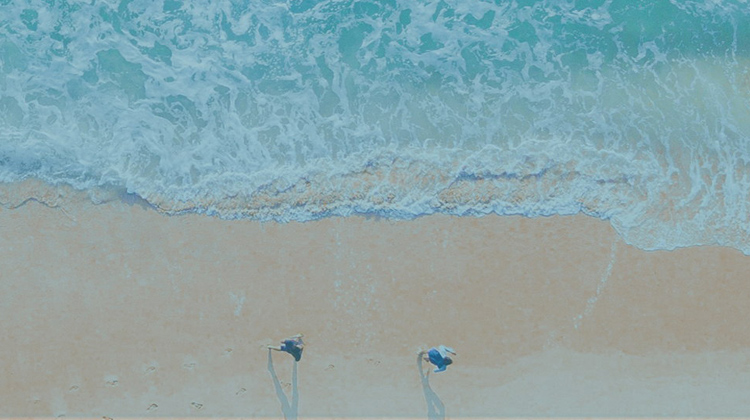Environmental Commitment
We are committed to sustainable development and eco-friendly aquaculture. In response to global fishery resource shortages and changes in the marine ecosystem, we actively promote low-carbon emissions, resource recycling, and intelligent management. We continuously optimize farming methods to minimize environmental impact while ensuring the long-term health of the aquaculture industry.
I. Water Resource
Efficient use of water resources is crucial for sustainable aquaculture. We utilize advanced Recirculating Aquaculture Systems (RAS) to reduce freshwater consumption and employ water quality monitoring and filtration systems to maintain optimal water conditions.
Recirculating Water Treatment – Uses biological filtration, UV disinfection, and nano-aeration technology to enhance water reuse efficiency and minimize wastewater discharge.
Intelligent Water Quality Monitoring – Real-time monitoring systems track key parameters such as dissolved oxygen, pH levels, and ammonia nitrogen to ensure a stable farming environment.
Ecological Water Management – Incorporates natural seaweed and microbial degradation techniques to further improve water quality and reduce the impact of aquaculture on surrounding water bodies.
II. Sustainable Feed
We implement eco-friendly farming methods to reduce the pressure of aquaculture on marine environments while increasing farming efficiency and biodiversity.
Low-Density Farming – Ensures ample space for fish growth, reducing pollutant accumulation and maintaining water stability.
Integrated Multi-Trophic Aquaculture (IMTA) – Combines fish, shellfish, and seaweed farming to create a natural ecological cycle, mitigating eutrophication issues.
Optimized Open-Water Farming – Uses deep-sea cage farming in suitable areas, leveraging natural ocean currents to reduce waste accumulation and minimize nearshore pollution.
III. Fodder
Sustainable aquaculture is not only about environmental impact but also food safety. We aim to reduce reliance on wild fishmeal, optimize feed formulas, and implement health management strategies to enhance fish disease resistance and reduce antibiotic use.
Eco-Friendly Feed – Replaces traditional fishmeal with algae protein, insect protein, and plant-based protein to reduce dependence on wild fishery resources.
Immune Enhancement Management – Utilizes probiotics and biological enhancers to improve fish immunity and lower disease incidence.
Antibiotic-Free Farming – Implements scientific management and vaccination programs to ensure antibiotic-free seafood products and enhance food safety standards.
IV. Renewable Energy
We are dedicated to reducing carbon emissions and building a low-carbon aquaculture system. From energy consumption to logistics, we actively seek environmentally friendly solutions.
Green Energy Applications – Incorporates renewable energy sources such as solar, wind, and bioenergy to power aquaculture facilities.
Efficient Energy Management – Optimizes aeration and temperature control systems in farms to minimize energy waste and improve efficiency.
Carbon Footprint Monitoring & Optimization – Conducts carbon emission analysis throughout production, processing, and transportation, continuously improving sustainability toward carbon neutrality.
V. Waste Management
We pledge to adopt sustainable packaging and eco-friendly transportation throughout the supply chain, reducing plastic pollution and optimizing logistics to lower our carbon footprint.
Biodegradable Packaging – Uses biodegradable materials to minimize single-use plastic waste.
Smart Cold-Chain Management – Enhances cold-chain technology to reduce energy consumption while ensuring seafood freshness.
Green Transportation – Collaborates with low-carbon logistics providers to implement energy-efficient transportation methods that reduce environmental impact.
VI. Ecological Restoration
Beyond sustainable aquaculture, we actively participate in marine ecosystem protection and restoration programs to mitigate the environmental impact of fish farming and help restore damaged natural resources.
Artificial Reef Construction – Deploys artificial reefs in designated marine areas to provide safe habitats for wild fish and promote population recovery.
Seagrass Bed & Mangrove Restoration – Supports seagrass planting and mangrove conservation, enhancing carbon sequestration while improving marine water quality.
Stock Enhancement Programs – Releases hatchery-bred fish and shellfish to strengthen wild populations, reducing the impact of commercial fishing on natural fishery resources.


